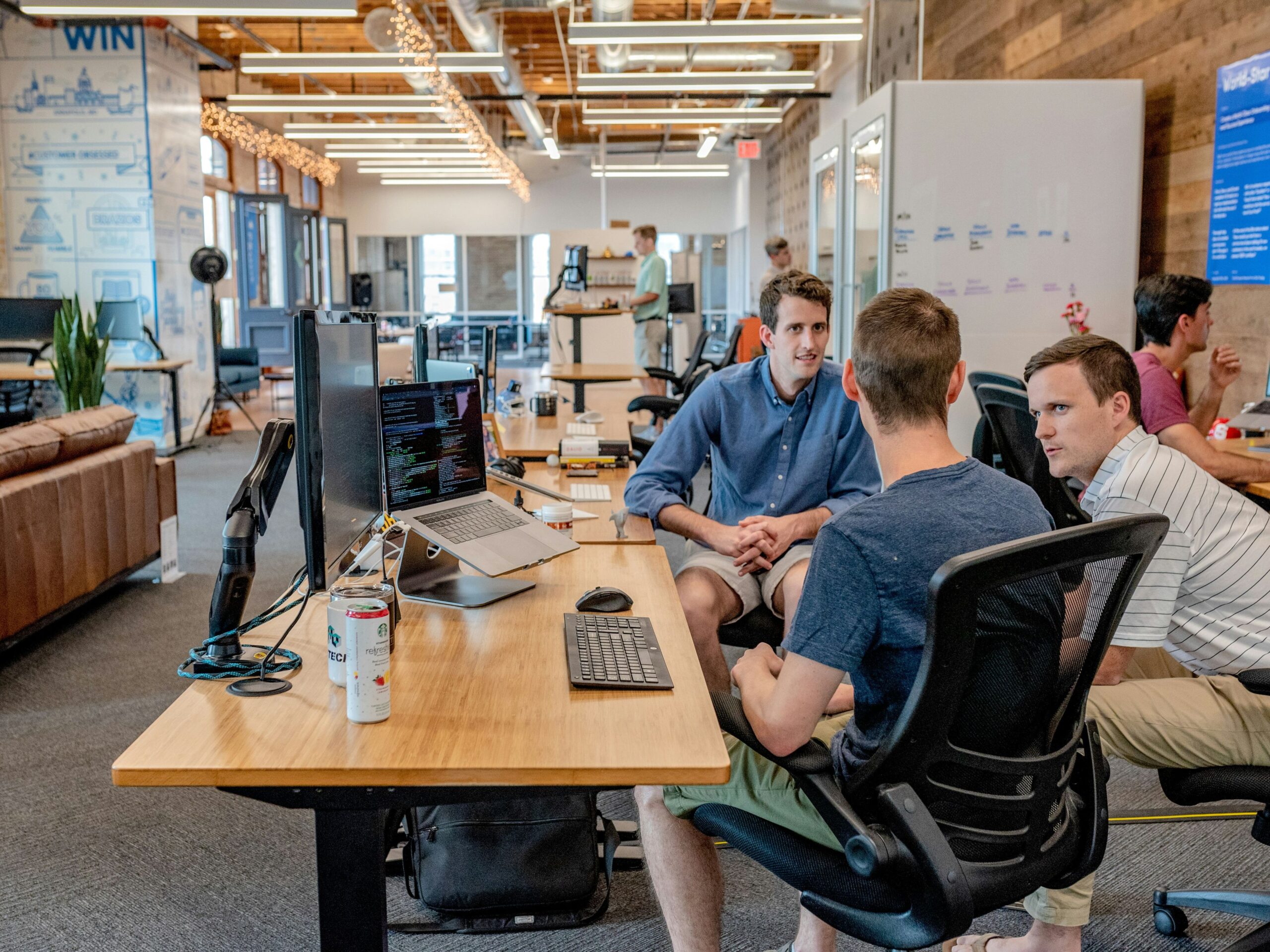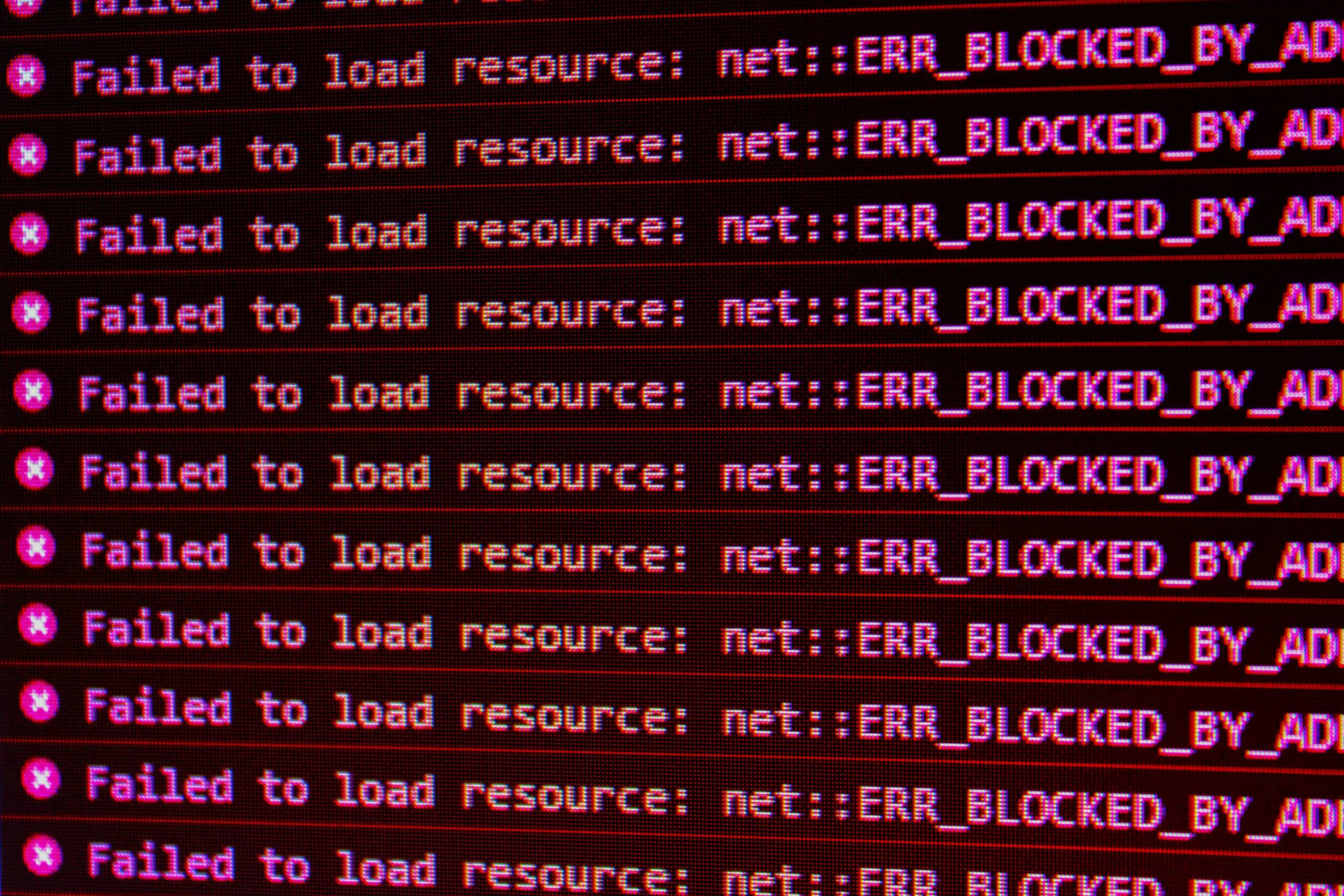Author: paula
-

The Balancing Act of a Startup CTO
Written by
on
As a CTO in a growing startup, I’ve learned that my job is less about coding brilliance and more about balance — between speed and stability, innovation and pragmatism, ambition…
-

When the Server Crashed During Our Investor Demo
Written by
on
You know those startup success stories that sound perfectly planned? Yeah — mine isn’t one of them. I’m the CTO of a fast-growing Silicon Valley startup, and the story I…
-

Debugging People, Not Code
Written by
on
When people hear “CTO,” they imagine someone buried in code, architecting systems or choosing the next tech stack. But at a startup, that’s maybe 20% of the job. The real…
-

What Website Optimization Taught Me About Indian Matrimony
Written by
on
Two weeks ago, I was in a deep rabbit pit. One of our biggest clients has a serious complaint again, that our site was loading slowly in certain regions. India…
-

Am I Still an Engineer?
Written by
on
Often, I scroll through GitHub commits from my early days to remind myself that I built it. Not managed or reviewed, it was built. Line by line, module by module,…
-

Startups Break You Before They Make You
Written by
on
You won’t find me in a hoodie or skateboarding my way to work. Neither do I have a standing desk with four monitors and a neon sign that says “#buildinpublic.”…
-

The Loneliest Role in the Room
Written by
on
Many assume that the CEO is the loneliest job at a startup. I disagree. As the CTO, I carry different kinds of isolation, which comes with expectations of being the…
-

More Herding Cats Than Writing Code
Written by
on
I used to be an Engineer, now I wonder why I ever took up this job. I was deeply immersed in being an engineer; you know, headphones on, solving complex…
-

Confessions of an Anonymous Silicon Valley CTO
Written by
on
I’m currently jotting this down on a Sunday morning from my apartment in SoMa, coffee in hand, code pushed but not yet reviewed. I won’t tell you my name or…